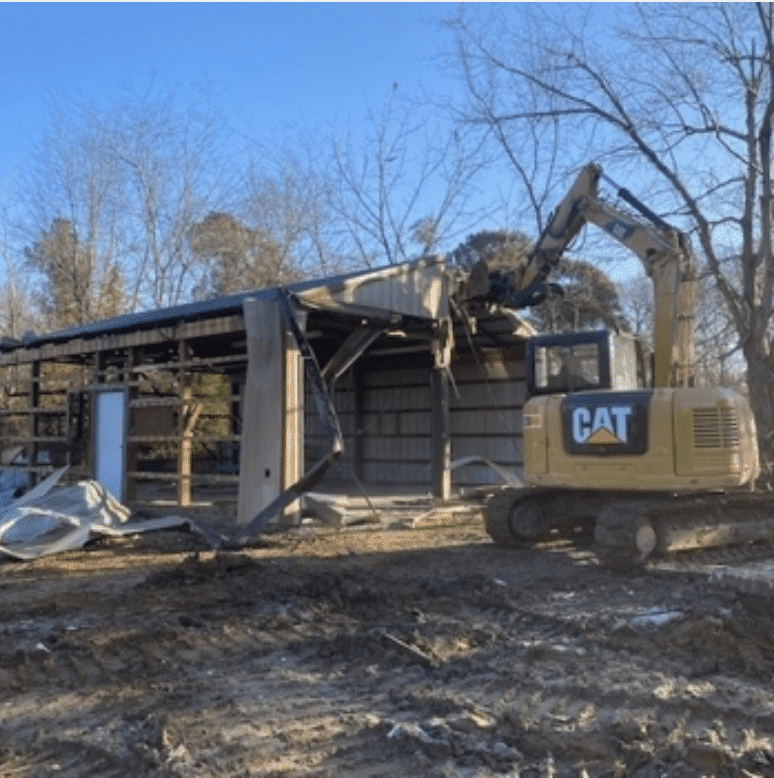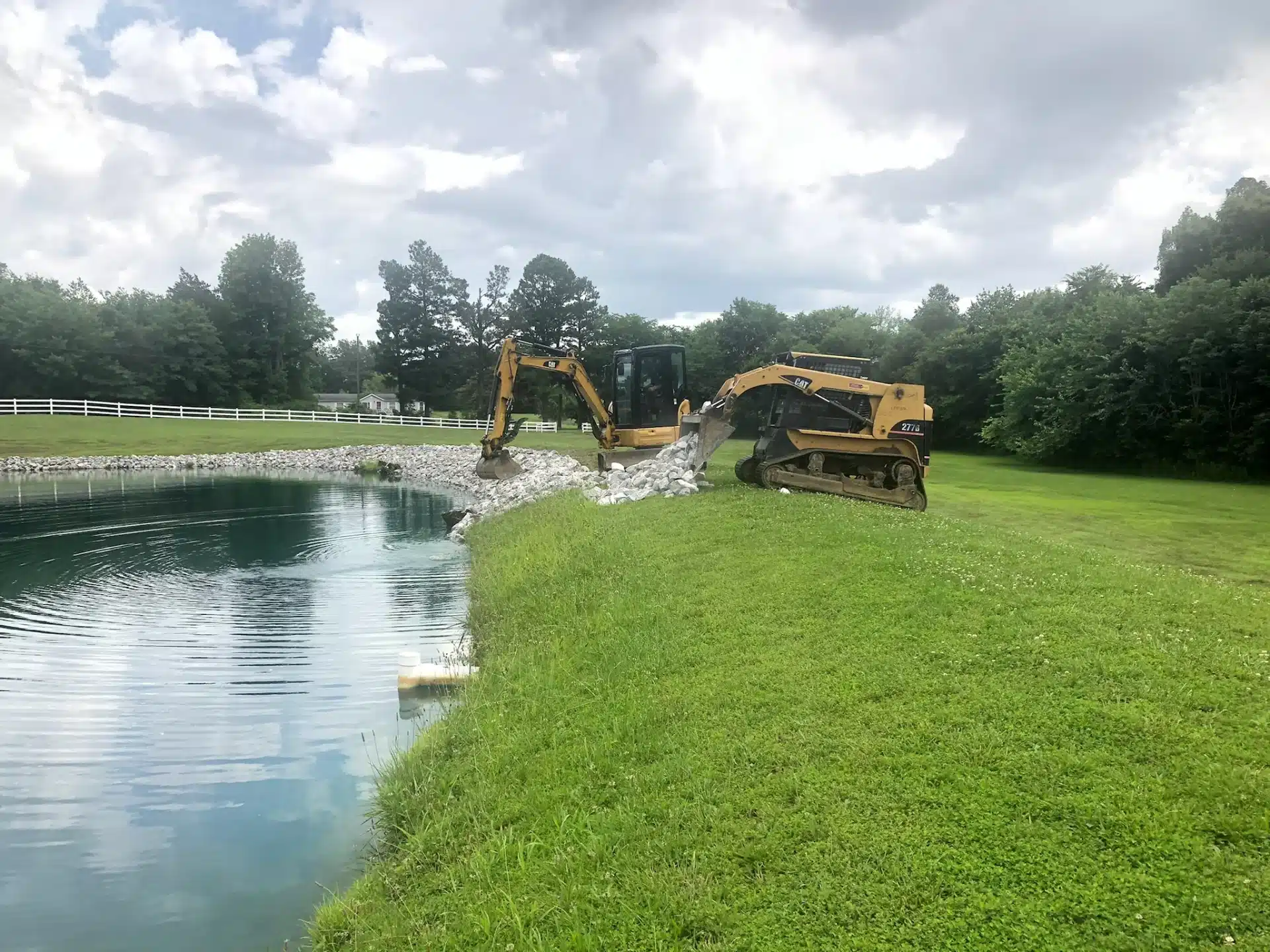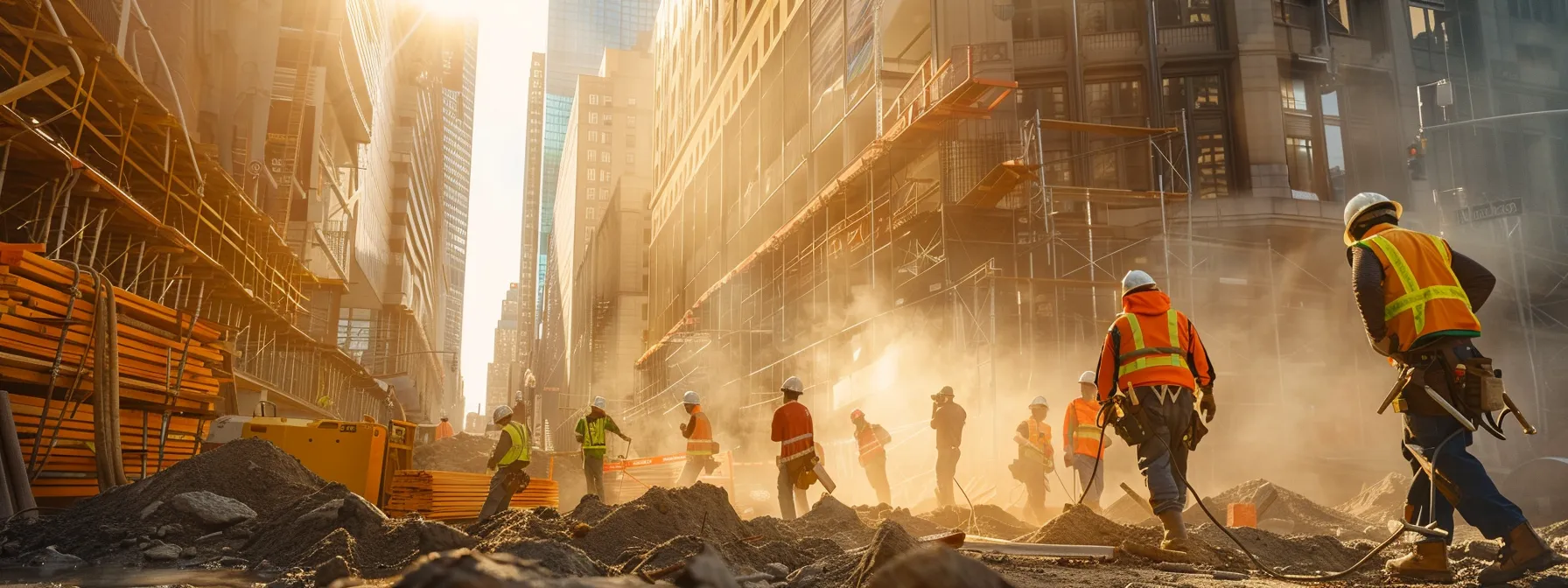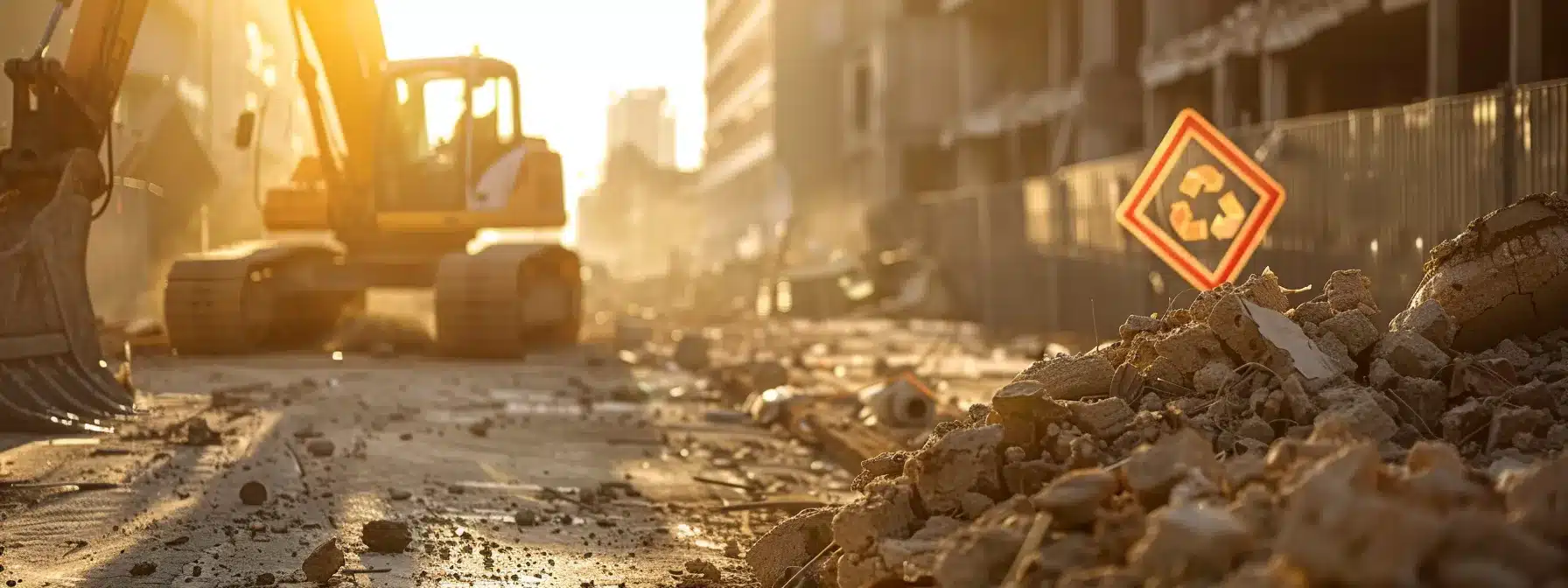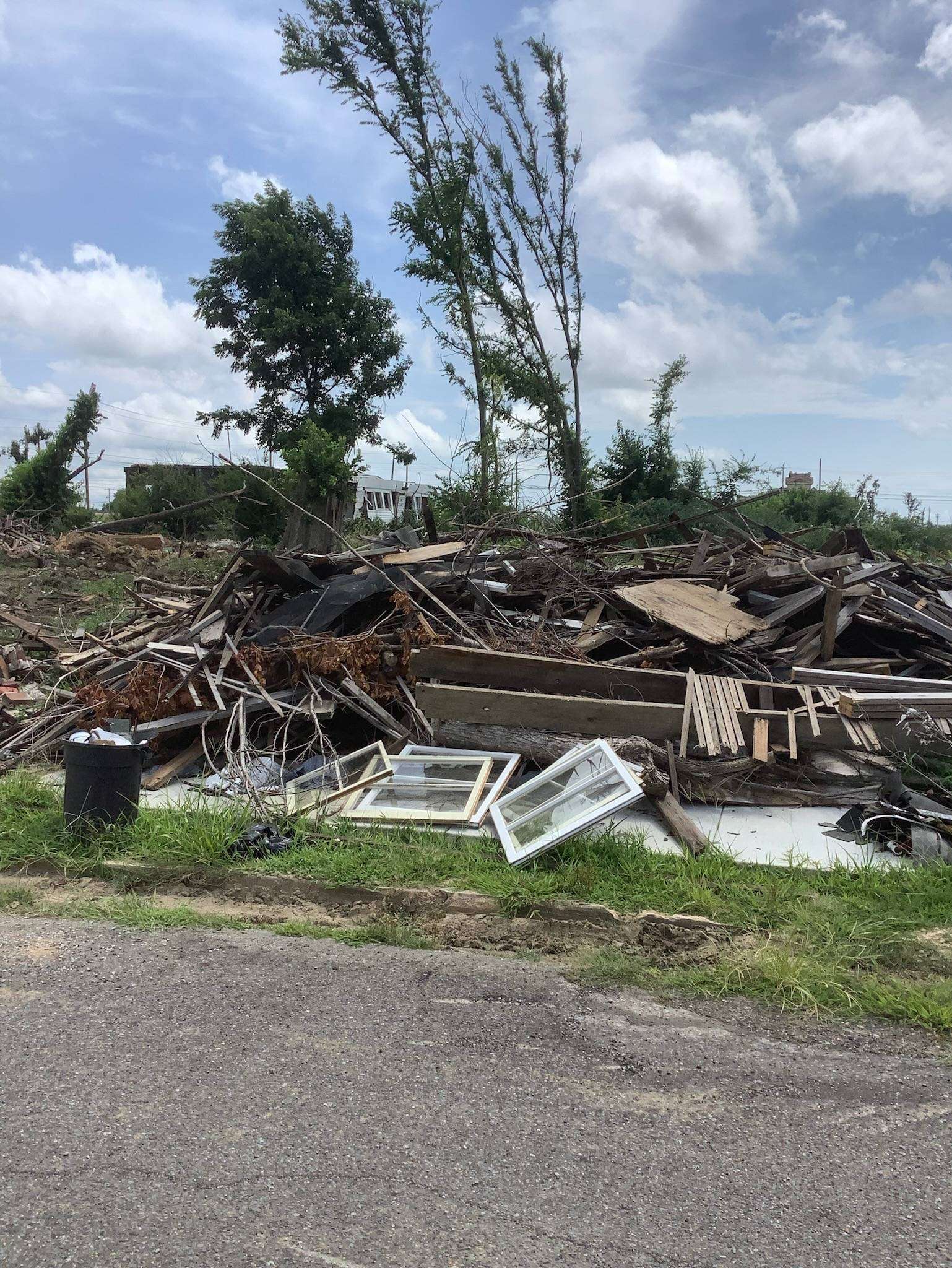Erosion is a natural process that can have devastating effects on the environment if left unchecked. Understanding what erosion is and why erosion control is important is crucial in preserving our landscapes.
In this article, we will explore the negative effects of erosion and the various erosion control techniques available, including vegetative, structural, bioengineering, mechanical, and chemical methods. We will also discuss the best erosion control techniques for different environments such as slopes, riverbanks, construction sites, and agricultural land, as well as how to implement these techniques effectively.
Join us as we delve into the world of erosion control and learn how to protect our precious land.
Important Points to Remember:
- Erosion control is important to prevent negative effects such as loss of topsoil, water pollution, and property damage.
- There are various erosion control techniques including vegetative, structural, bioengineering, mechanical, and chemical methods.
- The best erosion control technique for a specific environment depends on factors such as slope, water flow, and type of land use.
What Is Erosion?
Soil erosion, a natural process, refers to the gradual wearing away and movement of topsoil and sediment by various agents such as water, wind, and human activities.
Why Is Erosion Control Important?
Erosion control is crucial for maintaining the integrity of landscapes, especially in construction projects and areas prone to soil erosion.
Successful erosion control not only safeguards the topsoil but also plays a vital role in protecting water quality and preventing sediment from polluting nearby water bodies. Implementing vegetative cover such as grasses, shrubs, and trees can significantly reduce soil erosion by stabilizing the soil with their root systems and minimizing surface water runoff. Erosion control blankets, on the other hand, offer an effective solution by creating a physical barrier that shields the soil from erosion caused by wind and water movement.
What Are the Negative Effects of Erosion?
Erosion can have detrimental effects on infrastructure, waterways, and ecosystems due to increased sedimentation and stormwater runoff.
When erosion occurs, it can lead to destabilization of roads, bridges, and buildings, posing significant safety risks to the public and causing costly damage to structures.
Sedimentation in waterways can harm aquatic life by reducing oxygen levels and smothering habitats essential for fish and other organisms to thrive.
Stormwater runoff, laden with pollutants and debris from eroded surfaces, can contaminate water sources, compromising water quality and threatening human health. This runoff also contributes to flooding events, exacerbating the impact of erosion by intensifying soil erosion and further degrading aquatic ecosystems.
What Are the Different Types of Erosion Control Techniques?
Various erosion control techniques encompass methods that utilize both natural and engineered solutions to mitigate soil loss and erosion.
Physical structures such as riprap, retaining walls, and terracing are commonly used to prevent erosion in steep terrain. These structures help to stabilize the soil and reduce the impact of water flow.
Biotechnical solutions, like planting vegetation and using erosion control blankets, are effective in providing long-term erosion control.
Implementing erosion control technology-based solutions such as geotextiles, silt fences, and erosion control mats can significantly reduce soil erosion around construction sites and sensitive areas.
Vegetative Erosion Control
Vegetative erosion control involves the strategic use of plants, trees, and vegetation to stabilize soil and prevent erosion in vulnerable areas.
One of the main benefits of vegetation in erosion control is its ability to create a natural barrier against soil erosion. Reforestation projects play a crucial role in restoring ecological balance and preventing further degradation of land. By planting trees and diverse plant species, erosion control systems can be effectively established to protect the soil from being washed away by water. The extensive root systems of plants, such as willows, alders, and grasses, contribute significantly to soil stabilization by binding the soil particles together and reducing the impact of erosive forces.
Structural Erosion Control
Structural erosion control methods involve the use of physical barriers such as erosion control blankets and engineered structures to minimize soil erosion and sediment runoff.
These erosion control blankets are typically made of biodegradable materials like straw, coconut fibers, or synthetic fabrics, and are placed over bare soil to provide temporary protection for newly seeded areas or disturbed soil.
Silt fencing, on the other hand, consists of permeable geotextile fabric stretched between wooden or metal posts to capture sediment-laden runoff before it leaves a construction site or disturbed area. These physical barriers play a crucial role in preventing soil erosion, protecting water quality, and maintaining the stability of landscapes.
Bioengineering Erosion Control
Bioengineering erosion control integrates natural elements like vegetation stabilization and innovative erosion control technology to manage soil erosion sustainably.
Vegetation stabilization plays a crucial role in bioengineering erosion control by providing roots that anchor soil and prevent erosion. This method involves planting native vegetation strategically in erosion-prone areas, enhancing slope stability and promoting biodiversity.
Advancements in erosion control technology have led to the development of geosynthetics, biodegradable erosion control blankets, and hydroseeding techniques that offer effective solutions while minimizing environmental impact.
The integration of drainage systems enhances erosion control efforts by managing water flow and reducing surface runoff, thereby preventing soil erosion and sedimentation in vulnerable areas.
Mechanical Erosion Control
Mechanical erosion control employs structures such as energy dissipaters and engineered systems to redirect water flow and reduce erosion impact on landscapes.
This technique is crucial in areas prone to soil erosion, such as construction sites, riverbanks, and slopes. By strategically placing erosion control structures like riprap, gabions, and retaining walls, water energy is diffused, preventing scour and minimizing sediment transport downstream. For instance, riprap composed of large stones creates a barrier that absorbs erosive forces, effectively protecting vulnerable surfaces.
Chemical Erosion Control
Chemical erosion control methods utilize specialized products and treatments to stabilize soil, control erosion, and enhance the effectiveness of erosion control strategies.
Soil stabilizers play a crucial role in preventing soil movement and erosion by binding soil particles together. Erosion control chemicals, such as polyacrylamides and organic polymers, are commonly used to mitigate erosion on construction sites, slopes, and embankments. These chemicals help in reducing surface runoff and improving soil structure.
Treatments like mulching and hydroseeding are environmentally friendly options that aid in vegetation establishment, reducing erosion rates naturally. It’s important to consider the environmental impact of using such chemical solutions and ensure they are applied correctly to achieve effective erosion control while minimizing harm to surrounding ecosystems.
What Are the Best Erosion Control Techniques for Different Environments?
Selecting the most suitable erosion control techniques depends on the specific environmental factors, including soil type, wind erosion risks, and the need for tailored erosion control systems.
For instance, in areas with sandy soils prone to wind erosion, strategic planting of vegetation such as dune grasses can stabilize the soil and reduce erosion susceptibility. Conversely, regions with heavy rainfall may benefit from incorporating silt fences or erosion control blankets to prevent runoff and promote vegetation growth. It’s crucial to assess the unique characteristics of each location to determine the most effective erosion control measures. By evaluating factors like slope steepness, land use patterns, and climate conditions, customized solutions can be implemented to safeguard against erosion challenges.
Slopes and Hillsides
Slopes and hillsides require specialized erosion control measures such as slope stabilization techniques, erosion control blankets, and hydroseeding to prevent soil loss and erosion.
One of the main challenges faced when dealing with erosion on slopes and hillsides is the constant threat of soil loss due to water runoff and slope destabilization. Without proper intervention, these natural processes can lead to increased sedimentation, landslides, and overall degradation of the landscape.
Vegetation plays a crucial role in stabilizing sloped terrains by acting as a natural barrier against erosion. The roots of plants help bind the soil together, reducing the impact of water flow and preventing soil from being washed away. Along with providing stability, vegetation also enhances the aesthetic appeal of the landscape and promotes biodiversity.
For effective erosion control on slopes and hillsides, techniques such as hydroseeding, erosion control blankets, and slope stabilization methods are highly recommended. Hydroseeding involves spraying a mixture of seeds, mulch, fertilizer, and binding agents onto the soil surface to promote rapid vegetation growth. Erosion control blankets, made of natural or synthetic materials, form a protective layer over the soil to prevent erosion and facilitate plant establishment. Slope stabilization methods, including retaining walls, terracing, and bioengineering techniques, offer long-term solutions to prevent slope failure and soil erosion.
Riverbanks and Shorelines
Riverbanks and shorelines necessitate erosion control interventions such as riverbank restoration, vegetation reinforcement, and strategically placed erosion control structures for effective sediment and erosion management.
As critical components of various ecosystems, riverbanks and shorelines face unique challenges related to erosion. The erosion along these areas can lead to habitat degradation, sediment pollution in water bodies, and even threaten the stability of nearby structures. To combat these issues, environmental experts emphasize the implementation of targeted solutions like riverbank restoration projects, which aim to restore natural features and stabilize soil. Vegetation reinforcement techniques are used to anchor the soil and prevent erosion, providing eco-friendly alternatives to traditional engineering methods. Erosion control structures, strategically positioned along waterways, offer physical barriers that minimize the impact of water flow on the land. By safeguarding these vital areas, we not only protect the integrity of water ecosystems but also promote sustainable environmental practices for future generations.”
Construction Sites
Construction sites demand robust erosion control practices to mitigate sediment runoff, emphasizing the implementation of sediment control measures, erosion control systems, and tailored erosion prevention strategies.
One of the critical aspects of sediment control at construction sites is the usage of erosion control blankets. These blankets, also known as erosion control mats, are made of natural fibers and synthetic materials that help stabilize soil and prevent erosion.
Employing sediment traps and barriers such as silt fences and sediment ponds can effectively intercept sediment-laden runoff before it enters water bodies. It is essential for construction projects to follow strict erosion prevention guidelines to minimize environmental impacts and comply with regulatory requirements.
By proactively addressing erosion risks, construction sites can safeguard ecosystems and maintain water quality.
Agricultural Land
Agricultural land requires effective erosion control strategies to conserve soil, minimize soil loss, and enhance agricultural productivity through the implementation of soil conservation practices and erosion control techniques.
One crucial aspect of soil conservation methods is the use of terracing to minimize water runoff and prevent soil erosion on sloped farmlands. By constructing terraces, farmers can create a series of steps on the land to slow down water flow and trap sediment, thereby reducing the risk of soil loss. The use of cover crops plays a vital role in erosion control by protecting the soil surface from the impact of raindrops and wind. These cover crops act as a shield, preventing soil particles from being washed or blown away, leading to improved soil structure and fertility.
How to Implement Erosion Control Techniques?
Implementing erosion control techniques involves systematic planning, site assessment, selection of appropriate methods, and continuous monitoring to ensure the effectiveness of erosion control systems.
When beginning the process of implementing erosion control measures, the first step is to conduct a thorough evaluation of the site. This evaluation should include analyzing the topography, soil type, rainfall patterns, and existing vegetation.
- Based on the site assessment, the next crucial step is to select suitable erosion control methods that align with the specific needs of the landscape.
- Common erosion control techniques include the use of erosion control blankets, grass seeding, mulching, terracing, and bioengineering solutions.
Once the methods are chosen, proper site preparation is essential. This involves clearing the site of debris, ensuring proper drainage, and implementing erosion control structures. Maintenance strategies play a crucial role in the long-term success of erosion control measures. Regular inspections, sediment removal, reseeding, and erosion structure maintenance are vital components.
Assess the Site
The initial step in implementing erosion control involves assessing the site’s erosion risks, evaluating soil conditions, and identifying suitable erosion control strategies tailored to the specific environment.
”
Site assessments play a crucial role in the overall success of erosion control measures. By thoroughly evaluating erosion risks, one can anticipate potential challenges and develop proactive solutions to mitigate soil loss and protect the landscape.
Understanding the soil characteristics is pivotal as it dictates the erosion potential and influences the choice of erosion control techniques. Soil texture, structure, compaction, and permeability all impact erosion susceptibility, guiding the selection of appropriate erosion prevention methods.
Terrain conditions such as slope steepness, drainage patterns, and vegetation cover must be carefully analyzed. These factors shape water flow dynamics, affecting erosion rates and highlighting areas that require immediate attention.
Based on the findings from a comprehensive site assessment, tailored erosion control strategies can be recommended to address the specific needs of the environment. Implementing targeted measures ensures effective erosion control, preserving soil integrity and safeguarding natural ecosystems.
Choose the Appropriate Technique
Selecting the most suitable erosion control technique involves considering factors such as terrain type, erosion intensity, and the compatibility of erosion control structures or technology with the site.
It is essential to analyze the specific characteristics of the site before deciding on an erosion control method. For example, bioengineering techniques like using vegetation to stabilize slopes may be more suitable for hilly terrains, while hard armor structures such as riprap might be better for coastal areas with high erosion rates.
The severity of erosion plays a crucial role in determining the most effective technique. Sites experiencing moderate erosion may benefit from erosion blankets or terracing, whereas areas with severe erosion may require more intensive measures like gabions or retaining walls.
Prepare the Site
Preparing the site for erosion control involves activities such as installing erosion control blankets, stabilizing soil, and creating a conducive environment for the implementation of erosion prevention measures.
One fundamental step in site preparation for erosion control is the installation of erosion control blankets. These blankets are typically made from biodegradable materials and help prevent soil erosion by stabilizing the soil and protecting it from the impact of rainfall and runoff.
Additionally, soil stabilization techniques play a crucial role in creating a solid foundation for erosion control interventions. Techniques such as planting grass or installing geotextiles can help in binding the soil particles together, reducing the risk of erosion.
Monitor and Maintain the Techniques
Continuous monitoring and maintenance of erosion control systems are essential to assess their effectiveness, address any issues promptly, and ensure long-term erosion prevention on the site.
One of the key aspects of monitoring erosion control systems is regularly assessing their performance tools. By conducting thorough evaluations, it becomes possible to identify any weak points or areas requiring improvement. Moreover,
- conducting regular maintenance
ensures that the systems operate at their optimum levels and are less prone to failure.
Adapting strategies to changing erosion conditions is a crucial element of effective erosion management. By staying proactive in monitoring erosion patterns and making necessary adjustments, it is possible to prevent significant damage and costly repairs. By implementing
- preventive measures
based on monitoring data, erosion control systems can better withstand environmental challenges.
Frequently Asked Questions
What are erosion control techniques?
Erosion control techniques refer to methods used to prevent or reduce the erosion of soil, sediment, or rock from a landscape. These techniques are often used in construction, agriculture, and land management.
What are some common erosion control techniques?
Some common erosion control techniques include terracing, vegetation planting, mulching, geotextiles, and retaining walls. Each technique is used depending on the specific needs and characteristics of the area.
How does terracing help with erosion control?
Terracing involves creating a series of level platforms on a steep slope. This technique helps to slow down the flow of water, allowing it to spread out and lose energy, preventing erosion from occurring.
Why is vegetation planting an effective erosion control technique?
Vegetation planting, including grasses, shrubs, and trees, helps to stabilize soil and prevent erosion. The roots of plants hold the soil together, and their leaves and branches help to slow down the flow of water.
What are geotextiles and how do they help with erosion control?
Geotextiles are synthetic fabrics that are used to help stabilize soil and prevent erosion. They can be used in a variety of ways, including as erosion control blankets, mats, or bags, to protect bare soil from wind and water.
Do erosion control techniques have any environmental benefits?
Yes, erosion control techniques have several environmental benefits. They help to prevent soil and sediment from entering waterways, which can harm aquatic life. They also help to reduce air and water pollution and can improve the overall health of the ecosystem.


